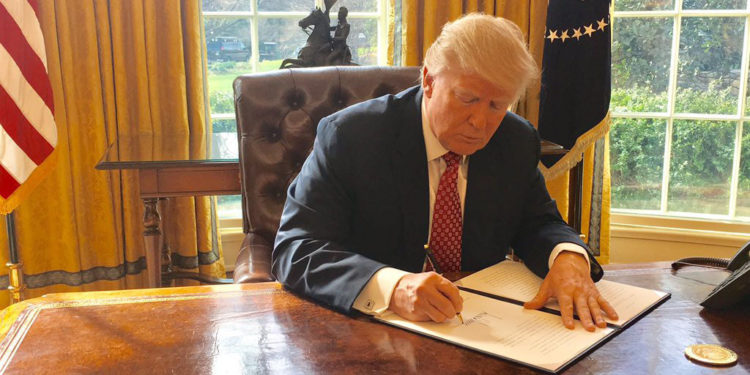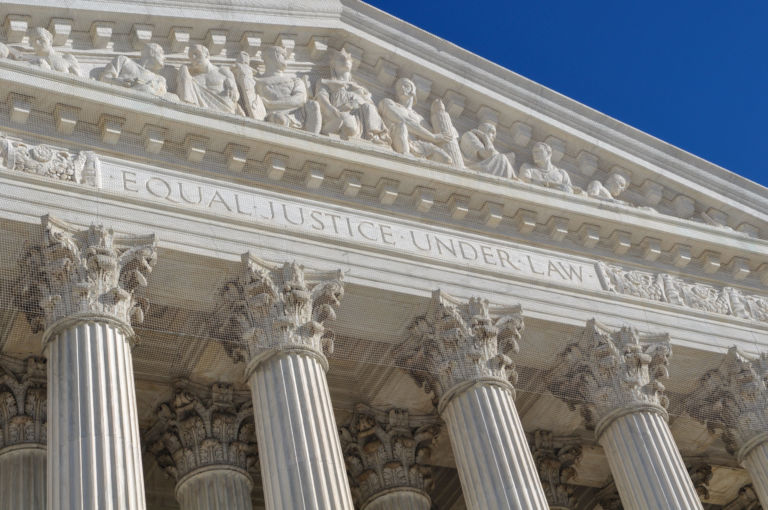John Yoo and Robert Delahunty write for National Affairs about originalists’ approach toward legal precedents.
In the last two years, the Supreme Court achieved two of the goals for which the conservative movement had fought for half a century. In June 2023, the Court handed down Students for Fair Admissions v. Harvard, which rejected racial preferences in college admissions. The preceding summer, in Dobbs v. Jackson Women’s Health Organization, the Court reversed Roe v. Wade and Planned Parenthood v. Casey, returning control over abortion policy to the states.
Critics allege that in doing so, activists on the Court thrust aside settled case law and destabilized the legal system. …
… Still, in the conservative movement’s campaign to revive the original meaning of the Constitution, the question of whether to obey stare decisis has become a critical one. After all, there are times when precedent directly conflicts with the original meaning of the Constitution. In those cases, does an originalist jurist respect stare decisis? Or does he jettison precedent in favor of returning to the Constitution’s original meaning?
If the Court wishes to adhere to the rule of law, it must honor the meaning of the Constitution above its own past decisions. The judicial role the Constitution establishes within our republican government demands no less.
Under Chief Justice John Roberts, the Supreme Court has deployed at least three strategies in cases involving constitutional precedents. The first, which can be called “recovery,” describes Roberts’s majority opinion in Harvard. The second, “reaffirmation,” appears in his majority opinion in the student-loan case, Biden v. Nebraska. The third, “rejection,” features in Justice Samuel Alito’s majority opinion in Dobbs.
President Biden and Justice Sotomayor claimed that the majority in Harvard overturned decades of precedent. Yet it did no such thing; not a single precedent permitting universities to engage in racial preferences in admissions, from Regents of the University of California v. Bakke through Grutter v. Bollinger to Fisher v. University of Texas at Austin, was formally disturbed. Instead, the Court restored the standard of judicial review, known as “strict scrutiny,” that those decisions had purported to apply, and infused the standard with its characteristic force and severity.


